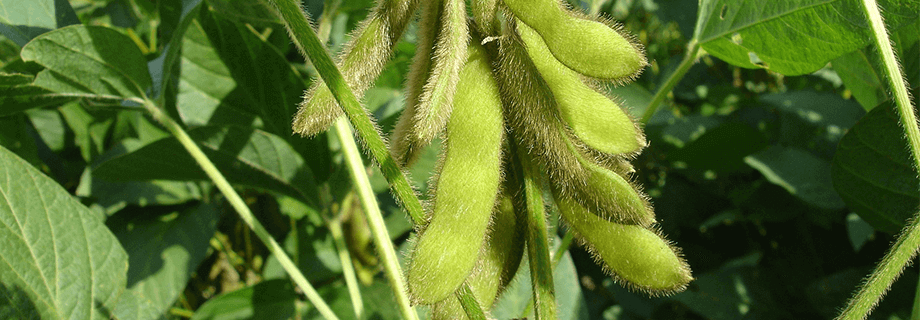Soy Hulls Are Prebiotics – Why You Should Keep Them

The issue of dehulling as a part of soy meal production is a frequent topic of conversation, we previous addressed why hulls should remain with the meal. This reasoning still holds, but now there is another purpose to leave the hulls in the meal – soy hulls act as a prebiotic fiber.
First, what is a prebiotic? You may have heard of probiotics – “good”, living microbes, such as bacteria, that inhabit the intestine and are believed to provide many benefits. You obtain these from many foods in your diet, especially fermented foods or those that have been supplemented with live bacteria, the latter of which is becoming more common. As for typical fermented foods that contain probiotics, many are ancient in origin – yogurt is a popular example.
So, you can think of prebiotics as nutrients that act as fuel for the probiotics, or for anything deemed “good” bacteria, in the intestine. Some of the fibers in soy hulls act as prebiotics, and when included in the diet as part of soy meal, several things happen. First, prebiotics selectively induce the growth of “good” bacteria over “bad” bacteria, such as pathogens that can cause illness. Second, these “good” bacteria are characterized as lactic acid-producing bacteria – lactic acid reduces intestinal pH and inhibits the growth of pathogenic bacteria. A somewhat lower pH in the intestine could also promote the uptake of smaller peptides from proteins in the diet – another mechanism for absorbing more amino acids, distinct from, but supportive of, amino acid absorption. Peptide absorption is driven by a lower-pH environment. Lastly, “good” bacteria that are spurred on by prebiotics, such as fibers found in soy hulls, produce short-chain fatty acids, including butyrate, that alter the structures and functions of the intestine in several beneficial ways.
Here are some key points to remember:
- Within soy meal manufacturing, it’s easier to leave the hulls in the meal for the many benefits as previously discussed
- In addition to these reasons, soy hulls act as a prebiotic in the intestine, where many benefits are induced to:
- Promote the growth of healthy, “good” bacteria
- Discourage the growth of unhealthy, “bad” bacteria
- Reduce intestinal pH
- Potentially increase the absorbance of amino acids in the intestine
- The “good” bacteria produce a molecule, butyrate, that is known to enhance the intestine
Finally, one ingredient manufacturing decision – whether or not to remove the hulls from soy during meal production – has many cascading, downstream effects in animal production. Every step in the process is important and affects various characteristics of your final product. Don’t ignore any of them as you develop new products and processes.



